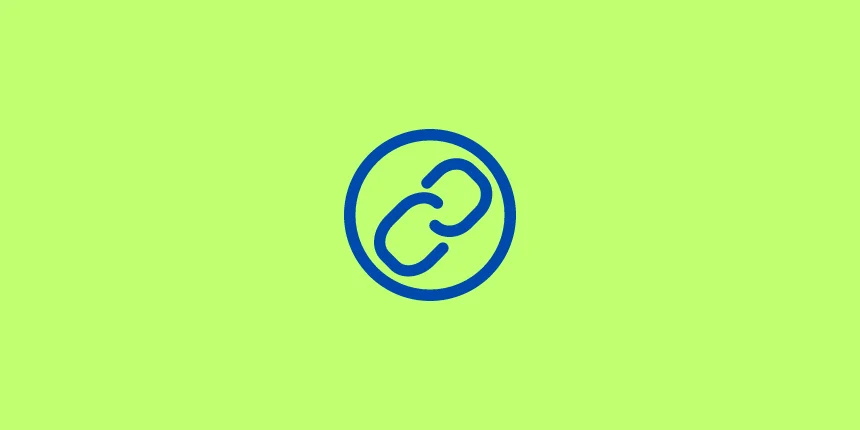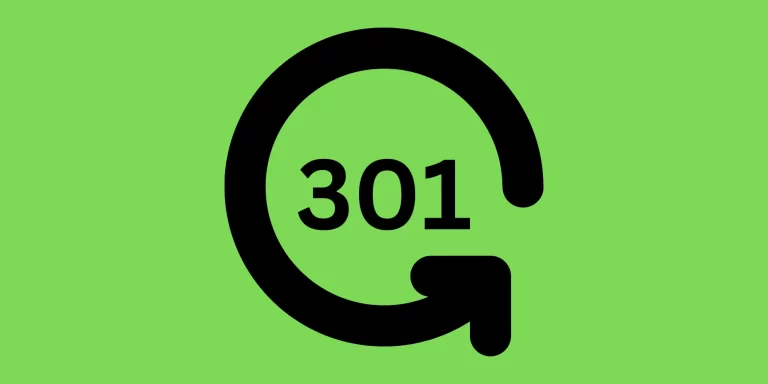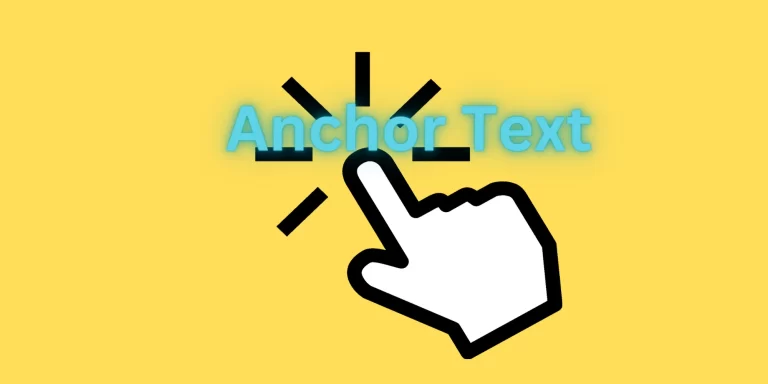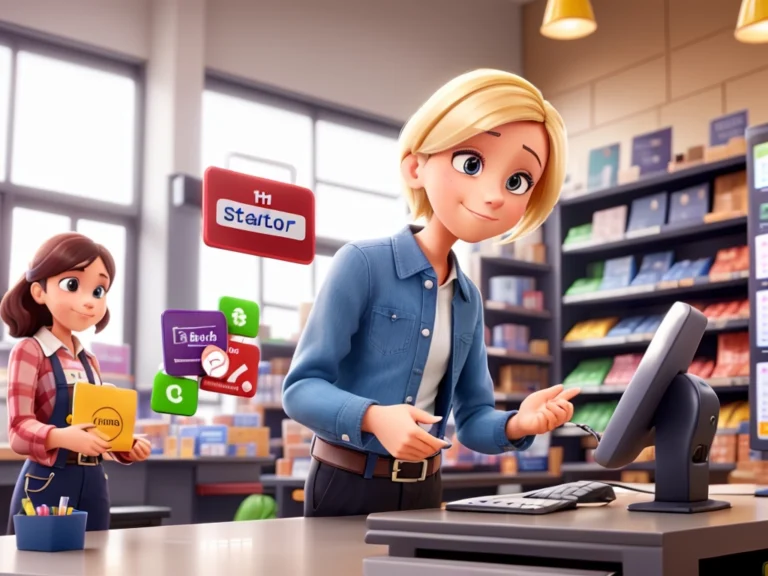
If you’re looking to create a webpage or document that contains clickable links to other resources on the internet, you’ll need to know how to create hyperlinks. Whether you’re a web developer, content creator, or simply curious about how hyperlinks work, this guide will provide you with the knowledge and skills you need to get started.
What is a hyperlink?
A hyperlink is a clickable link on a web page that connects to another web page or a specific section of a web page. It is typically displayed as underlined text or an image with an underline or a border, and when clicked, it directs the user to the destination website or web page.
Hyperlinks are an essential element of the World Wide Web and enable users to navigate and access information on the internet quickly and easily.
They are created using HTML code, which specifies the link’s destination and the text or image that the user clicks on to activate the link.
How to create hyperlinks?
There are several other ways to create hyperlinks or insert them into a webpage.
The simple method to create hyperlinks
One common method is to use a Content Management System (CMS) or text editing application, which often includes a built-in hyperlink tool.
To use this method, simply highlight the text or image that you want to make into a hyperlink and click on the “Insert Link” or “Hyperlink” icon in the toolbar.
Alternatively, you can use the keyboard shortcut Command + K (Mac) or CTRL + K (Windows) to bring up the hyperlink dialog box.
In the dialog box, you can enter the URL that you want to link to, as well as optional attributes such as the link title or target window. Once you’ve entered the necessary information, click “OK” to create the hyperlink.
Using a CMS or text editing application can be a convenient way to create hyperlinks, particularly for those who are less familiar with HTML coding.
However, it’s important to note that not all CMS or text editing applications may use the same methods or keyboard shortcuts for creating hyperlinks, so it’s always a good idea to refer to the documentation or help files for specific instructions.
Using HTML code to create hyperlinks
To add hyperlinks using HTML code, you can follow these general steps:
- Decide on the text or image you want to make into a hyperlink.
- Use the anchor tag <a> to specify the hyperlink. The basic syntax for creating an anchor tag is:
<a href=”URL”>Link text or image</a>
- Replace “URL” with the actual URL of the webpage or file you want to link to, and replace “Link text or image” with the text or image you want to use as the link.
- Save the HTML file and view it in a web browser to test the hyperlink.
Here are some additional details to keep in mind when creating hyperlinks with HTML code:
- The href attribute specifies the URL of the webpage or files that you want to link to. It can be a full URL (e.g. https://www.example.com) or a relative URL (e.g. /page.html).
You can also use anchor tags to create internal links within a webpage.
To do this, specify the ID of the target element as the href value, preceded by a “#” symbol.
For example:
<a href=”#section1″>Jump to section 1</a>
Add target attribute
This would create a hyperlink that jumps to a section of the page with the ID “section1” when clicked.
The target attribute is an optional attribute that can be added to the anchor tag (<a>) to specify where the linked webpage should be opened. By default, when a user clicks on a hyperlink, the linked webpage is opened in the same browser window or tab. However, you can use the target attribute to open the linked webpage in a new browser window or tab.
Here’s an example of how to use the target attribute:
<a href=”https://www.example.com” target=”_blank”>Visit Example.com</a>
In this example, the target attribute is set to “_blank”, which means that the linked webpage will open in a new browser window or tab when clicked. You can also use other target attribute values, such as “_self” to open the linked webpage in the same window or tab, or “_parent” or “_top” to open the linked webpage in a parent or top-level frame, if applicable.
It’s important to note that using the target attribute to open links in a new window or tab can sometimes be considered bad practice, as it can disrupt the user’s browsing experience and make it harder for them to navigate back to the original page. Additionally, some web browsers may block pop-ups or new tabs by default, which can prevent the linked webpage from opening as expected. As such, it’s generally recommended to use the target attribute sparingly and only when necessary.
Creating a download link
To create a download link in HTML, you can use the anchor tag (<a>) along with the download attribute. The download attribute tells the browser that the linked file should be downloaded instead of opened in a new tab or window.
Here’s an example:
<a href=”example.pdf” download>Download PDF</a>
In this example, “example.pdf” is the file that you want to link to, and “Download PDF” is the text that will be displayed as the hyperlink. The “download” attribute tells the browser to download the linked file instead of opening it in a new tab or window.
You can also specify a different filename for the downloaded file by adding a value to the download attribute.
For example:
<a href=”example.pdf” download=”MyPDF”>Download My PDF</a>
In this example, the downloaded file will be saved as “MyPDF.pdf” instead of “example.pdf”.
It’s important to note that not all browsers support the download attribute, and some may behave differently when the attribute is used. Additionally, it’s a good practice to always provide a fallback link in case the download attribute is not supported or the file cannot be downloaded for some reason.
For example:
<a href=”example.pdf” download>Download PDF</a>
<a href=”example.pdf”>View PDF</a>
In this example, the first link will attempt to download the file, while the second link provides a fallback option to view the file in the browser.
Creating email hyperlinks
To create an email link in HTML, you can use the anchor tag (<a>) along with the “mailto” attribute. The “mailto” attribute tells the browser to open the user’s default email client with a new email message addressed to the specified email address.
Here’s an example:
<a href=”mailto:example@example.com”>Send an Email</a>
In this example, “example@example.com” is the email address that you want to link to, and “Send an Email” is the text that will be displayed as the hyperlink. When the user clicks on the link, their default email client will open with a new email message addressed to “example@example.com”.
You can also specify a subject line and message body for the email by adding additional parameters to the “mailto” attribute.
For example:
<a href=”mailto:example@example.com?subject=Feedback&body=Dear%20Sir%2FMadam%2C%0D%0A%0D%0AI%20would%20like%20to%20provide%20some%20feedback%20on%20your%20product.%0D%0A%0D%0AThank%20you.%0D%0A%0D%0ABest%20regards%2C”>Send Feedback</a>
In this example, the “subject” parameter specifies the subject line of the email, while the “body” parameter specifies the message body.
Note that any spaces or special characters in the message body must be encoded using URL encoding (%20 for space, %0D%0A for line break, etc.)
It’s important to note that not all browsers support the “mailto” attribute, and some may behave differently when the attribute is used.
Additionally, some users may not have a default email client set up on their devices, which can prevent the email link from working as expected.
As such, it’s generally recommended to provide a fallback option for users who are unable to use the email link.
For example:
<a href=”mailto:example@example.com”>Send an Email</a>
<a href=”#”>Contact Us</a>
In this example, the first link will attempt to open the user’s default email client, while the second link provides a fallback option to contact the website owner using a contact form or other means.
Adding to image
To add a hyperlink to an image in HTML, you can use the anchor tag (<a>) and the image tag (<img>) together.
Here’s an example:
<a href=”https://www.example.com”><img src=”image.jpg” alt=”Example Image”></a>
In this example, “https://www.example.com” is the URL that you want to link to, “image.jpg” is the source file of the image, and “Example Image” is the alternative text for the image (which is used by screen readers and search engines). When the user clicks on the image, they will be redirected to the specified URL.
Note that you can also use relative paths for the image source and hyperlink URLs if the files are stored on the same website.
For example:
<a href=”page.html”><img src=”images/image.jpg” alt=”Example Image”></a>
In this example, “page.html” is the relative URL of the page that you want to link to, and “images/image.jpg” is the relative path to the image file from the location of the HTML file.
It’s important to ensure that the image file and the hyperlink URL are both accessible and relevant to each other. Additionally, it’s a good practice to provide alternative text for the image in case it cannot be displayed or loaded for some reason.
Conclusion
Hyperlinks are an important component of web development, allowing users to navigate between different pages and resources on the internet with ease. By creating hyperlinks, you can direct users to relevant content, such as articles, images, videos, and downloadable files. There are various ways to create hyperlinks, including using keyboard shortcuts in text editors or writing HTML code.
Additionally, you can customize the appearance and behavior of hyperlinks using various attributes and styles. Whether you are a beginner or an experienced web developer, understanding how to create effective and accessible hyperlinks is essential for creating engaging and user-friendly web pages.





